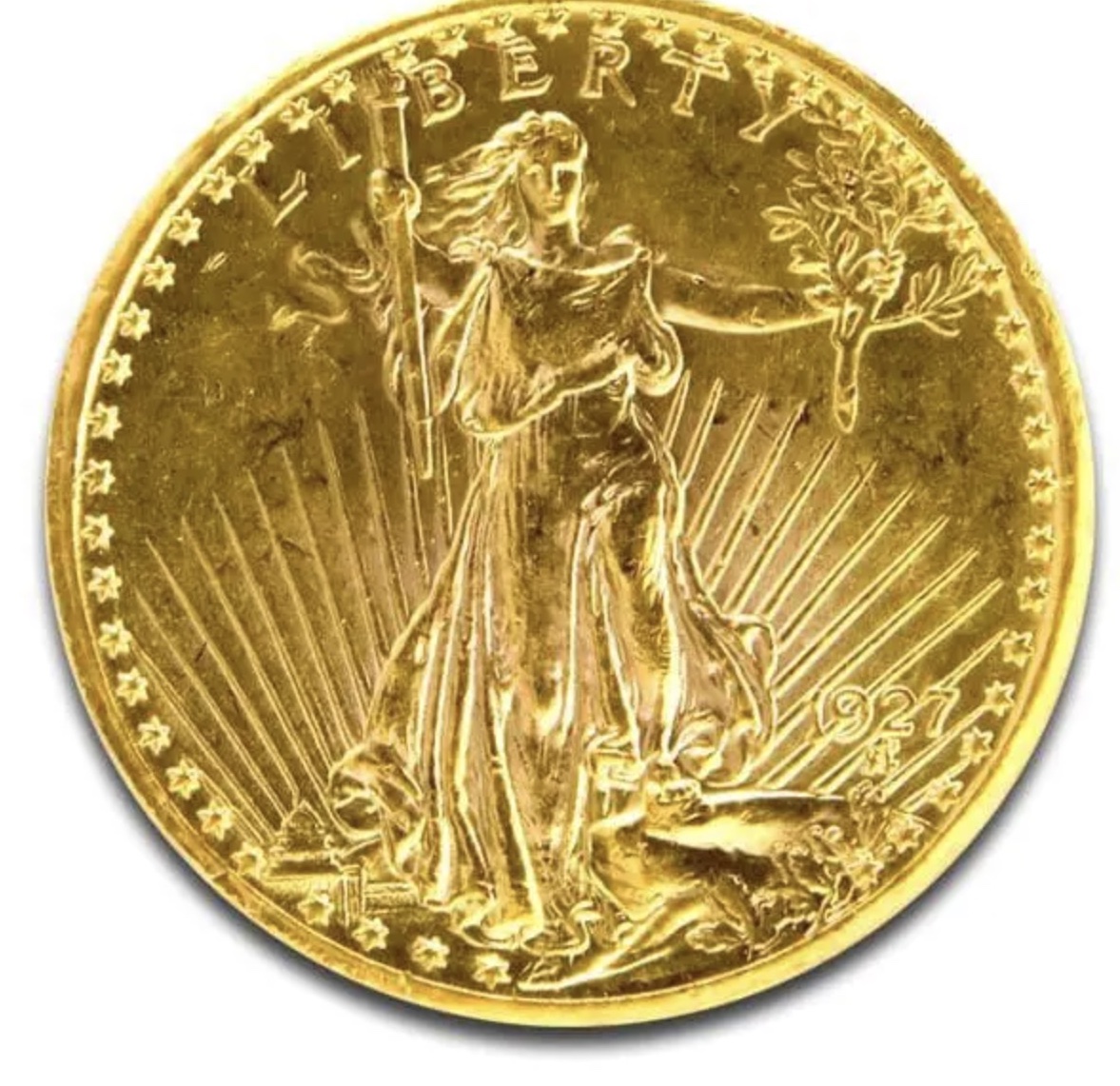Tangible Assets: US Mint Pre-1933 Gold Coins
Prior to the Great Depression, gold coins were the normal and natural form of money and in common circulation throughout the world.
Gold coins can bring unique diversity to an existing investment portfolio, while expanding on an interest in numismatics or history. Beyond potential financial gains, the process of collecting, studying, and preserving historical coins can morph into a numismatic hobby.

